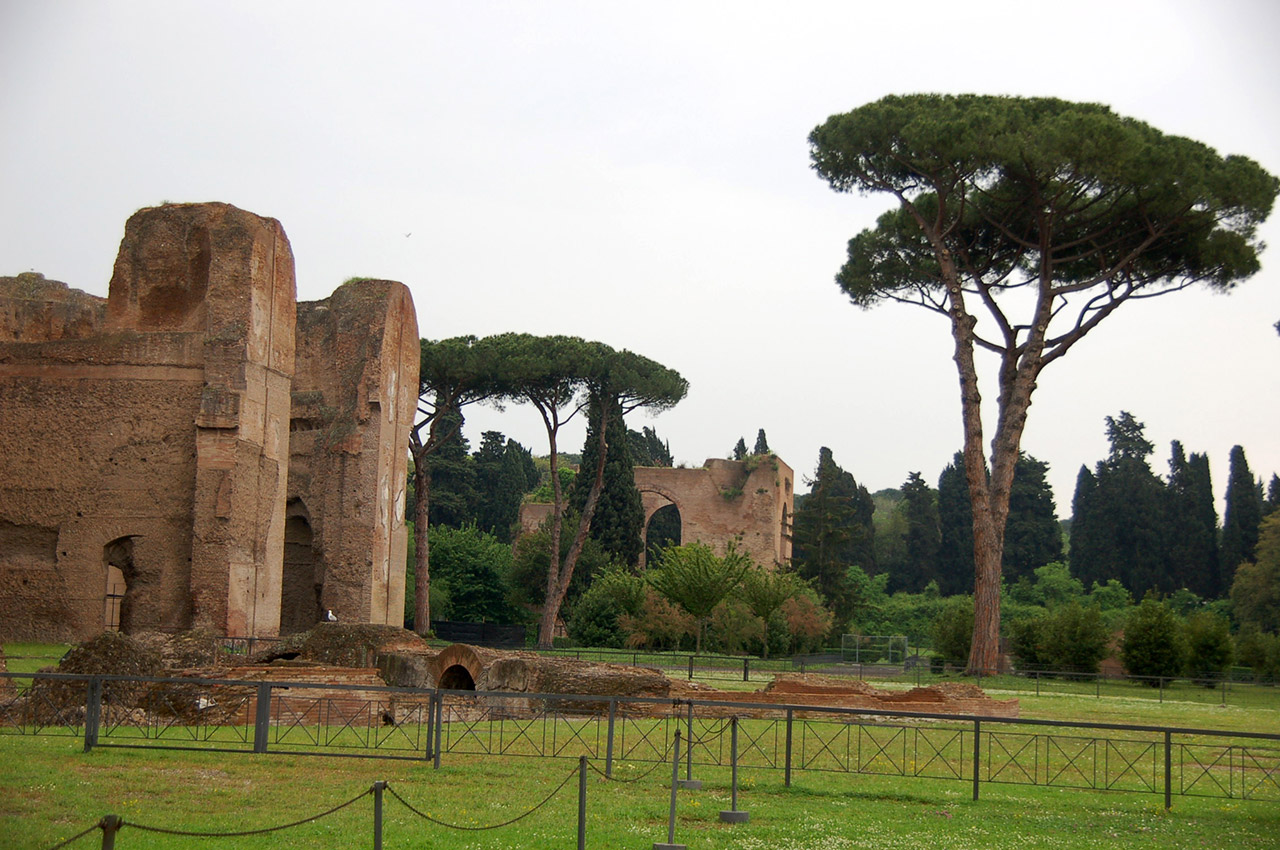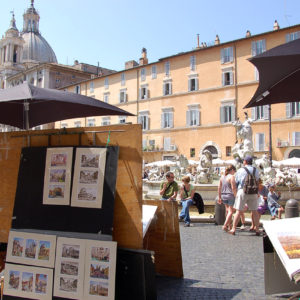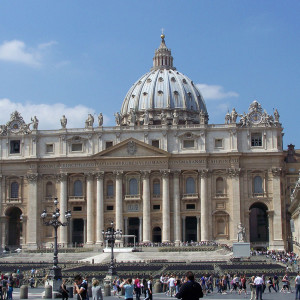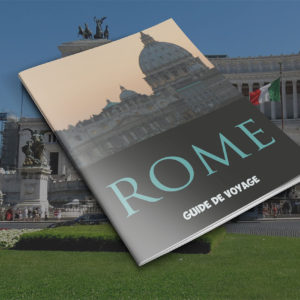15 August 2016
Piazza Navona, one of the most beautiful squares in the world
Considered to be one of the most beautiful squares in the world, the Piazza Navona gives you an insight into 2,000 years of Roman history. This open-air lounge is the perfect place to relax over a drink, lulled by the sound of the fountains and the comings and goings of strollers.



